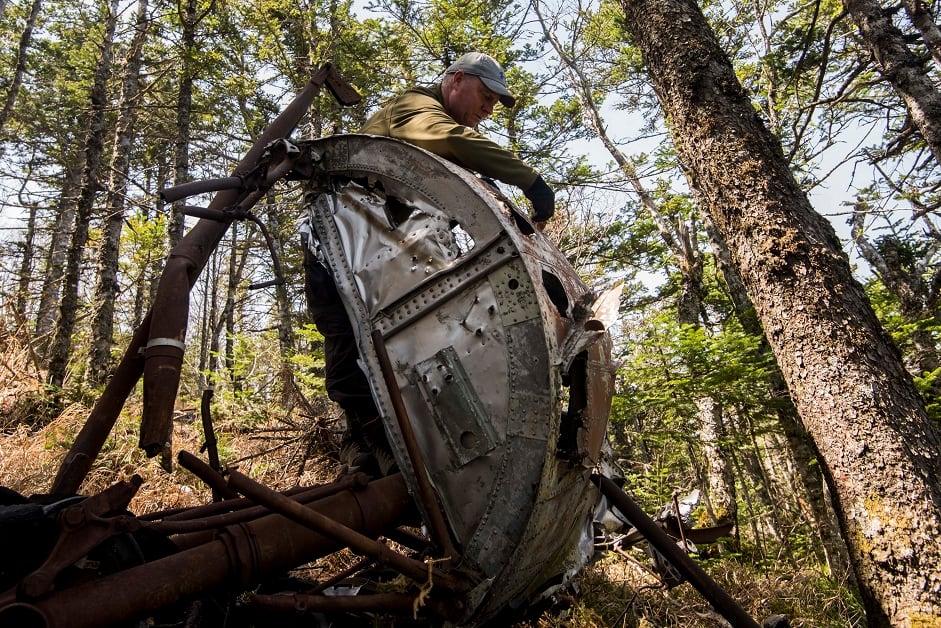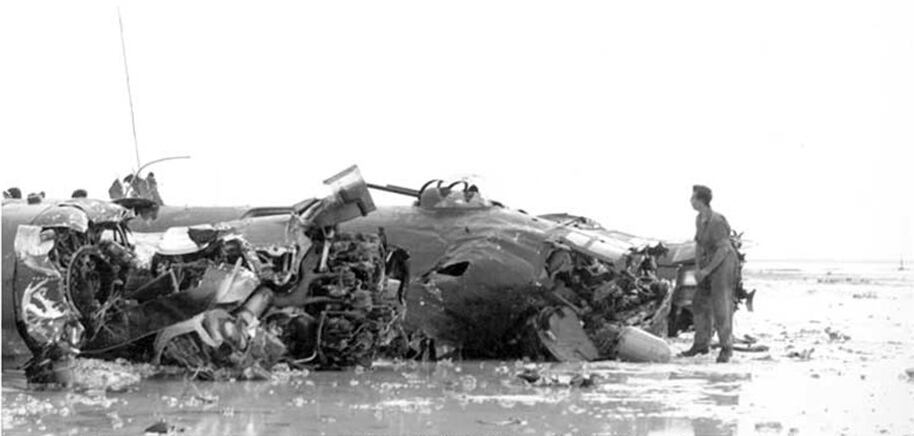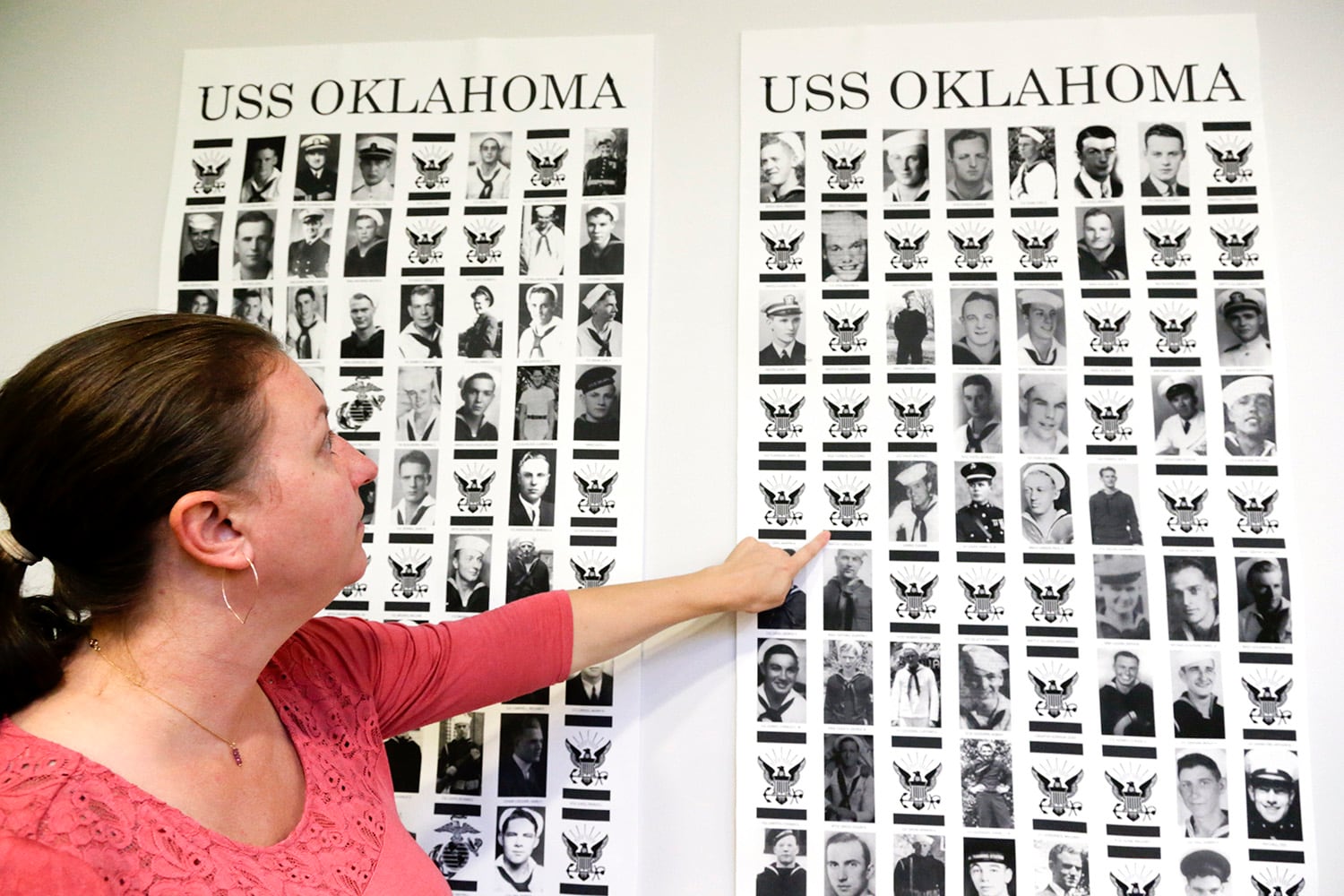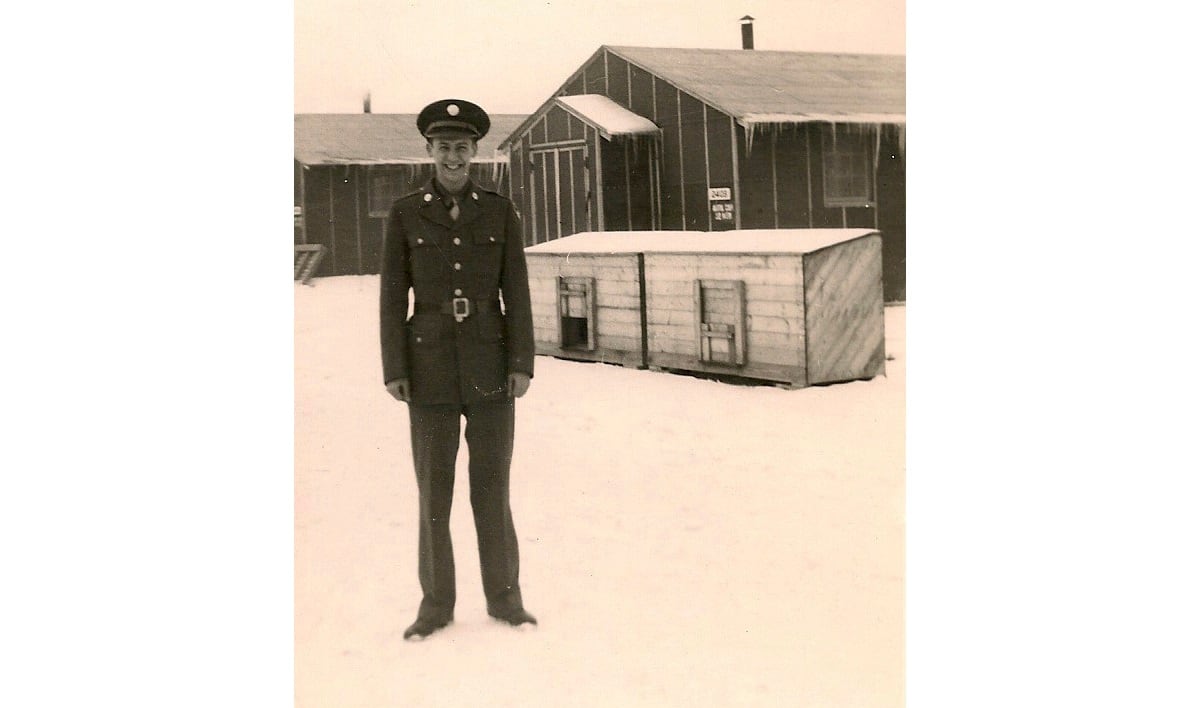ALBANY, N.Y. — The remains of a New York airman whose trove of 200-plus wartime letters inspired a California museum’s popular World War II exhibit have been identified 75 years after he died in a crash off a Pacific island.
The Pentagon's Defense POW/MIA Accounting Agency announced on its website that the remains of Army Air Forces Staff Sgt. Vincent J. Rogers Jr. were accounted for on March 21. He was from Snyder, a hamlet outside Buffalo.
RELATED

Rogers was a 21-year-old radio operator aboard a B-24 bomber that crashed shortly after taking off from an airfield on the Tarawa atoll in the Gilbert Islands, now the Republic of Kiribati, on Jan. 21, 1944, the agency said.
Rogers' plane, nicknamed "Miss Bee Haven," had just taken off on a nighttime bombing mission against a Japanese-held island when it crashed into the atoll's lagoon and burst into flames. Seven of the 10 crewmembers were killed, including Rogers and another Buffalo-area airman, Staff Sgt. Jack Busch, of Kenmore.

The remains of the seven were initially buried in a Tarawa cemetery containing the bodies of some of the hundreds of Marines killed during the amphibious assault on the atoll in November 1943. The remains of Busch and two other crewmembers were later exhumed and sent home for burial.
Rogers's remains and those of the other three crewmembers were lost on Tarawa. Officially listed as MIA, their remains weren't discovered until 2017, when members of History Flight, a private WWII research group, found them along with those of several Marines in graves under a house built after the war.
The other three crewmembers were previously identified and returned to the U.S. for burial.
RELATED

Mark Noah, History Flight's founder, told The Associated Press Tuesday that Rogers was the 100th person listed as MIA on Tarawa who was identified after being found by his group. More have been uncovered but have yet to be identified, he said.
DNA analysis was used to identify Rogers' remains, Pentagon officials said Tuesday. DPAA officials said Rogers' family has been notified. Reburial details haven't been released.
Rogers is the focus of an exhibit at March Field Air Museum in Riverside, California, where his bomber unit was based before being sent off to war.

According to museum director Jeff Houlihan, several years ago a relative of Rogers' who lived nearby dropped off a cardboard box containing 237 of the airman's handwritten letters. Known to his family as Vince, the young airman wrote home from the time of his induction in 1942 to Jan. 14, 1944, when he said he longed to see snow again, Houlihan said.
The museum created an exhibit based on the letters, which provide firsthand accounts of a typical citizen soldier's view of life in the U.S. military during WWII, from basic training to first combat missions. The exhibit also includes the Western Union telegram the Pentagon sent to his mother notifying her that her son had been killed in action.
"Vince takes you through all this stuff and teaches you the cost of war," Houlihan said. "It costs people."
The museum will update the exhibit with the identification of his remains, Houlihan said.
This story has been corrected to say that History Flight is located in Virginia, not Florida.




